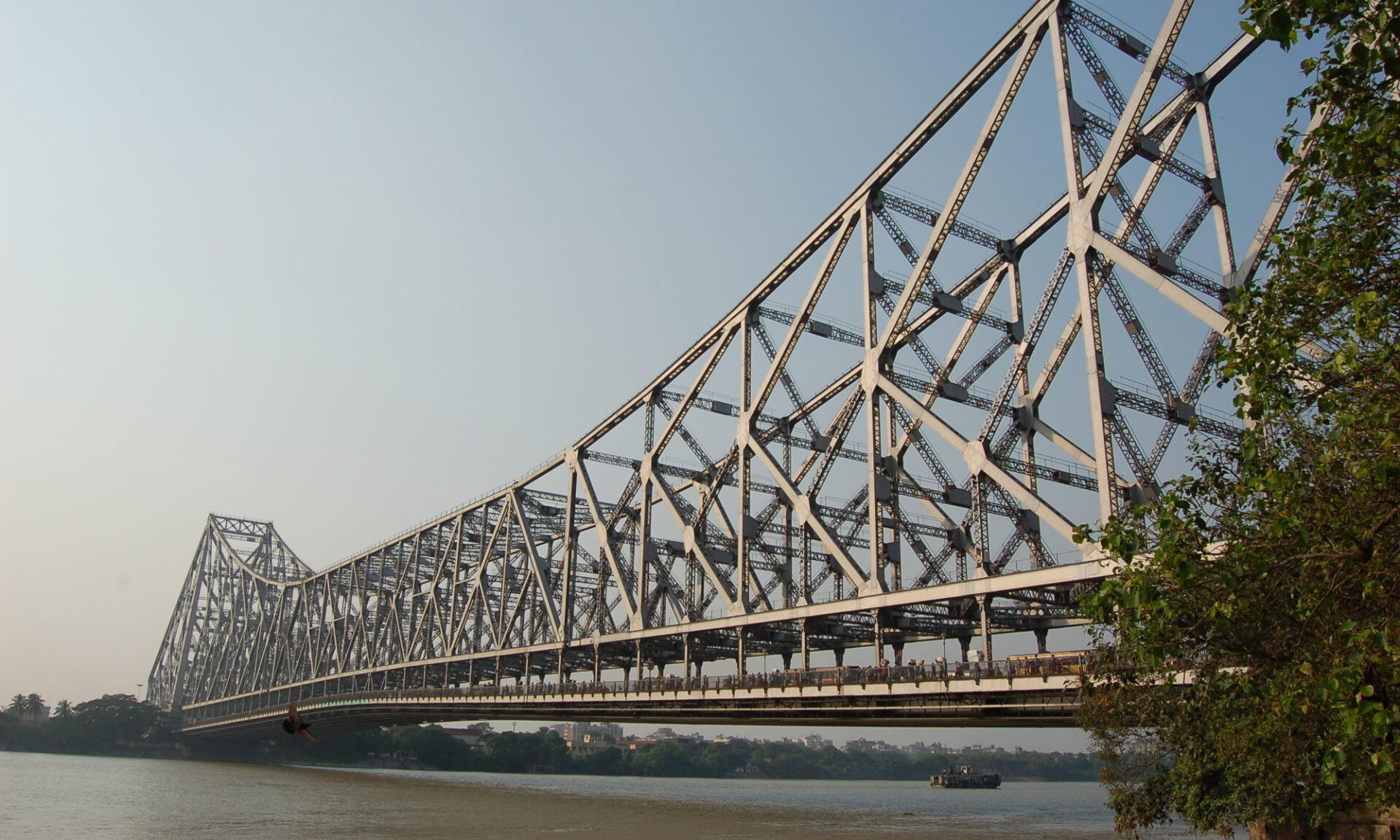The Lal Dighi is a historical spot in Kolkata. It was here that the infamous Battle of Lal Dighi was fought in 1756 between Siraj-Ud-Daula (Nawab Of Bengal) and the British Forces of the East India Company. This battle led to the legendary Battle of Plassey in 1757 that marked the supremacy of British Colonial rule in India. The Lal Dighi is now a prime landmark of Kolkata city.
The other name for Lal Dighi is Tank Square or Dalhousie Square. This is a water tank made by man and this was constructed before the starting of the British Era. The name Lal Dighi means Red Water. The same got the name because the water was turned red at the time of the Holi or the Dol festival. The British people called the same the Great Tank. This is the perfect water body being surrounded by the greens and this is the perfect spot where you can sit in tranquillity and catch fish. Around the Lal Dighi you have some of the famous heritage buildings of Kolkata and these are GPO, Writer’s Building, High Court, Andrew’s Church and the rest.
The Location of the Lake
Lal Dighi has a fantastic location. It is located at the place of B. B. D. Bagh. The nearest point of interest is the Calcutta High Court.
The Existential Relevance of the Tank
Lal Dighi Stands with the best historical details. It is true that there is no factual data in hand. However, the legendary stories will explain you the details of the existence of the water body. Some say that there was the existence of the Dighi at the time of Sabarna Roy Choudhury. He is a renowned Bengali aristocrat and he successfully ruled over the region. He had the famous court house and the temple and here was his family deity Shyam Rai. At the time of Dol Utsav or Holi the entire tank or river became red due to the spreading of the red abir. This took place before the coming of Job Charnock. This man is known as the founder of Calcutta. This was the period when the land was under the jurisdiction of the Kalikata Village. The court house was first taken on the basis of rent and later on it was being bought by the East India Company. Stories say that the reflection of the Red Fort made the water of the tank look so red. From here the same got its name Lal Dighi.
The Historical Significance of the Tank
You may have heard of Dutch admiral Stavorinus. He came to visit the settlement in the year 1770. At the time the tank was being lengthened and deepened in the year 1709 and the initiative was taken by the British Government. The government cleaned the tank thoroughly to turn the same as the reservoir of sweet water. The tank covers an area of 25 acres. The purpose of making the tank was to supply sweet drinking water to the inhabitants of Calcutta. This was an extensive tank and proper care was taken from the time of Warren Hastings. The responsibility of cleaning the tank was given to the professionals and the natives were not allowed to do the cleaning. The tank served as the source of drinking water to the European Community.
The Description of the Tank
Lal Dighi is also known as the Dalhousie Square Tank. The tank is fed by the rain water and by the natural springs. It is the central feature of the main Kolkata town plan. The picturesque quality of the tank is stupendous. It is being surrounded by edifices like the Reserve Bank, the Writer’s Building, the Telephone Bhavan and the GPO. It is more than a tank. It is a massive pond and the surrounding area is known as the Binay Badal Dinesh Bagh. The former name of the tank was Dalhousie Square.
